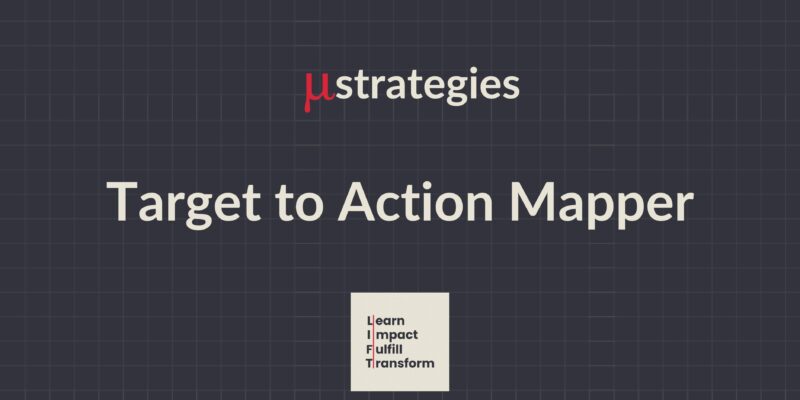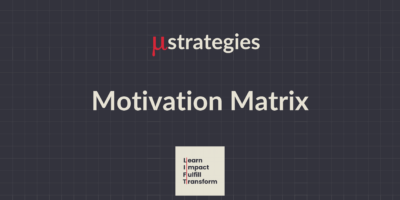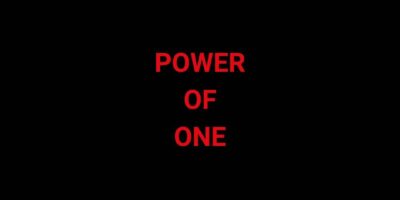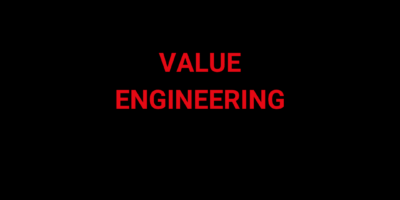|
Greetings Leaders,
Setting goals is easy. Turning them into results? That’s the challenge.
As leaders, we often struggle to align teams, focus efforts, and ensure execution.
The solution? OKRs (Objectives and Key Results). An elegant, easy-to-use, and powerful system used to drive clarity, speed, and impact.
This week’s Microstrategy, TAM (Target to Action Mapper), blends leadership “Impact” with OKRs.
Let’s dig in.
Adi
9/ TARGET TO ACTION MAPPER
WHY THE BEST PLANS FAIL
Many strategies and plans are great in design but fall apart in execution. Teams lose focus, priorities shift, and progress stalls. The real challenge isn’t planning. It’s turning plans into measurable action and outcomes.
The Leadership Challenge:
Right after setting a bold vision, excitement runs high. But soon, execution stalls, and months pass with little progress. Worse, this cycle repeats. Just as teams build a habit of winning, they can just as easily fall into a pattern where delays and poor execution become the norm.
The Business Problem:
Why Does This Happen? The same patterns lead to stalled execution again and again.
- Too many priorities: When everything is urgent, nothing moves forward.
- Vague success metrics: Without clear measures of success, teams lose direction.
- Lack of ownership: People focus on tasks instead of outcomes, and progress slips through the cracks.
The Impact:
Without
- Clear, measurable targets, teams lose focus and struggle to prioritize
- Structured check-ins, progress stalls, and small issues turn into major roadblocks
- Regular reviews and adjustments, strategies become outdated, and execution lags behind business needs
Research from McKinsey shows that companies without structured goal-setting frameworks fall behind, missing out on over 20% in potential revenue growth and profitability.
TARGET TO ACTION MAPPER (TAM): A Microstrategy for Execution Success
TAM helps leaders apply OKR principles simply and effectively and, through practice, build execution excellence individually and across their teams.
How It Works
- Set One Clear Objective: Define a bold yet specific goal. Example: “Improve customer satisfaction.”
- Identify 2-4 Key Results: Make each result measurable. Example: “Increase customer satisfaction scores by 15% in six months.”
- Assign Owners: Every key result needs a leader responsible for driving it. The best practice is to have no shared owners.
- Review Progress Weekly: A 15-minute weekly check-in keeps momentum high.
Example
- Objective: Enhance product quality
- Key Results:
1. Reduce product defects by 20% this quarter
2. Achieve a 95% on-time delivery rate
3. Increase customer feedback responses by 30%
The Leadership Skill
This practice hones the leadership skill of reliable execution. It creates the bias to clarify, instrument, measure, and adapt plans and deliverables as execution progresses from strategy to outcome.
Clarity, Velocity, and Mastery: How This Strengthens Leadership
This Impact-focused microstrategy helps leaders drive execution, ensuring strategy and goals turn into measurable results. It reinforces three critical leadership capabilities:
1. Clarity:
- Leaders set precise goals so every team member understands priorities and what success looks like
- For example, instead of saying “improve sales,” the leader would say, “Increase quarterly revenue by 15% through customer retention and upselling”
2. Velocity:
- By narrowing the focus to the most impactful objectives, the leader eliminates distractions and keeps execution on track
- Weekly check-ins ensure teams adapt quickly if results fall behind
- This helps leaders pivot fast. For example, shifting marketing focus if engagement drops mid-quarter
3. Mastery:
- Leaders sharpen their ability to define, measure, and refine goals with every TAM cycle
- Over time, this builds a results-driven culture where teams own their outcomes and continuously improve execution
REAL WORLD APPLICATION: How Google Scaled with OKRs
In 1999, venture capitalist John Doerr introduced OKRs to Google’s founders, Larry Page and Sergey Brin. At the time, Google was a startup with huge potential but lacked a clear execution framework. Doerr’s OKR system helped them focus on what mattered most, align teams, and drive rapid growth. Google has used OKRs ever since. (Workpath, 2023)
Key Takeaways:
- Prioritization Wins. Google used OKRs to focus on a few key objectives
- Accountability Drives Execution. Every key result had a clear owner
- Transparency Creates Alignment. Teams knew what success looked like and how to achieve it
PRACTICING MASTERY: How to Build this Leadership Habit
Mastery develops when leaders embed TAM into their daily leadership practice and cement the learnings into their overall leadership capability portfolio.
- Start Small: Run a pilot OKR cycle in one department before scaling up.
- Educate Your Team: Provide simple training so everyone understands OKRs.
- Keep It Simple: Focus on no more than 3-5 objectives at any time.
- Track Weekly: Short, focused check-ins ensure progress.
- Celebrate Wins: Recognize achievements to reinforce the habit.
This micro-strategy is not just about measuring progress. It cultivates a leadership habit that sharpens organizational transparency and alignment and supports a culture of accountability and ownership over time.
YOUR ACTION PLAN: Start Mapping Actions to Targets Now
This week, start with your first Target to Action Mapper (TAM) workshop. Here’s how:
1. Start with Strategy and Outcomes
- Before setting objectives, clarify the mission, strategic priorities, and expected outcomes.
- Ensure objectives align with broader company goals, not just individual team efforts.
- Use a simple cheat sheet to introduce the Target Action Mapping process.
2. Define Objectives and Key Results
- Set 1-2 key objectives that directly support strategic priorities (e.g., “Improve customer retention to drive revenue growth”)
- Assign 2-4 measurable key results per objective (e.g., “Increase Net Promoter Score (NPS) from 65 to 80 in Q2”)
- Key results must be specific, measurable, and time-bound to ensure clear tracking.
3. Map Actions and Assign Ownership
- Break down key results into actionable steps with responsible owners.
- Ensure each team member understands how their role impacts company-wide success.
- Example: If the objective is to reduce product defects, assign quality control audits, process improvements, and feedback loops to relevant team members.
4. Track and Adapt with Weekly Check-Ins
- Schedule a 15-minute weekly review to assess progress on key results.
- Discuss blockers, adjust strategies, and reallocate resources if needed.
- Example: If a key result to increase customer engagement by 20% is falling behind, refine messaging, increase outreach, or adjust the sales approach.
5. Reflect and Optimize with Monthly Reviews
- Conduct a deeper monthly review to evaluate team-wide progress.
- Identify which strategies worked, what needs adjustment, and how to refine the next OKR cycle.
- Celebrate wins and share lessons learned to strengthen future execution.
What’s in the Cheat Sheet?
- A step-by-step guide to running the TAM Microstrategy
- A checklist of common signs of effective execution
- A tracking tool for measuring improvements in clarity, velocity, and outcomes
Why This Micro-Strategy Works
This practice improves leadership impact. Leaders cement the methods and habits that lead to:
- Improved execution velocity and quality
- Predictable project and outcome delivery
- A culture of transparency, measurement, and accountability
Download: Target to Action Mapper Microstrategy Cheat Sheet.pdf
Share this newsletter with friends
Follow and Connect with me on LinkedIn. I post everyday.
|








Comments